If you’re curious about the benefits of using a linear power supply and how they work, check out my short overview here.
The Paul Hynes SR7s are known to be the best and most coveted power supplies in the world. The downside? They’re pricey and requires upwards of 8+ months to build. Paul knew they were cost prohibitive but wanted to give audiophiles a taste of what he strived so long to accomplish. Understanding the importance of this mission, he reshifted his focus onto a new project – and the SR4 was born.
The compact, single-rail SR4 was inspired by the popular demand for a more affordable, high-performance supply. The aim was to get as close to the performance of the standard SR7 as possible – without breaking the bank.
What’s so special about the Paul Hynes power supplies?
For one, Paul Hynes is extremely selective of the parts he uses, is constantly improving regulator topology, and a stickler for supply stability. They’re currently all hand-built and meticulously tested before shipment.
But there’s more…
- Custom wound transformer
- Offers higher levels of performance over the off-the-shelf toroidal.
- SR7: The mains transformers are not used in the standard way as they are configured as balanced mains isolation transformers and they are also built on oversized cores.
- Proprietary ultra-low noise, high-performance, discrete voltage regulator
- Undoubtedly a major ingredient in Paul Hyne’s secret sauce and one of the reasons why his power supplies sound so good.
- Large chassis for thermal management
- Those regulators generate an enormous amount of heat. Chassis selection is critical for maximum dissipation and optimal layout.
- High Power Supply Rejection Ratio (PSRR)
- Generally difficult to keep low, especially at higher frequencies.
- Both the SR4 and the SR7 should provide > 80 dB supply line rejection from DC to 100khz with a gradual reduction with an increased frequency above 100Khz.
- The SR7DR would theoretically reach 160 dB over the same bandwidth, however, there are always losses due to stray interaction. So it’s tentatively 150 dB for the DR version. The SR7DR should provide the finest performance due to the much higher supply line and rectification noise rejection than either the SR4 or the standard SR7.
- Insanely low output impedance
- The output impedance is typically 3 milliohms from DC to 80 KHz and supply line rejection is > 80 dB over the same bandwidth and is still > 50 dB at 1 Mhz.
- This demonstrates the regulator’s ability to manage the load, regardless of frequency.
- How is it measure? The output impedance of the SR voltage regulator topology was measured by loading the regulator output via a modulated high power current source at varying frequencies. The measurements were taken between the regulator output sense node and the 0v reference star. Obviously connecting equipment via lengths of wire is going to swamp the low output impedance of the regulator, however, the low regulator output impedance is still valid as it reduces interaction at the regulator end of the wire compared to a regulator with higher output impedance.
- Enhancement Options – These don’t apply to the SR4 but good to know when you’re looking for an SR5/SR7.
- Double regulation (DR)
- The benefits of DR provide a much higher supply line rejection and rectification artifact rejection than a single regulator alone – approx 150 dB from DC to 100KHz with a gradual reduction at higher frequencies.
- DR is currently only available for SR5 and SR7 power supplies.
- XL
- The XL construction is only available on SR5 and SR7 and uses fine silver wiring for all internal DC wiring and Jaeger military specification DC connectors on the chassis and the power supply end of the matching fine silver DC leads.
- Double regulation (DR)
Paul Hynes SR4 Build, Design, and Features
- Single rail supply – Perfect for powering digital interface equipment including:
- Sonore ultraRendu
- SOtM sMS-200 Neo
- Intel NUC
- USB conditioners, switches, DACs
- Voltage selection
- 5V
- 7V
- 9V
- 12V
- Output current – 2A continuous, 20A transient
- Design
- Uses the same ultra-low noise high-performance discrete component voltage regulator as the highly regarded SR5 and SR7 power supplies.
- The SR4 mains transformer is configured as a balanced mains isolation transformer to provide exceptional mains-born interference rejection like the SR5 and SR7 power supplies.
- The output DC connector is a 4 pin gold plated Neutrik XLR and there are two metallurgy options for DC leads, annealed copper (DC3CXLR) or annealed fine silver (DC3SXLR).
- The negative output of the DC isn’t grounded to AC ground to prevent ground loops.
- Replaceable fuse
- You have the option to tune with your own audiophile-grade fuses such as the ones from Synergistic Research or Audio Magic Beeswax, etc.
The SR4 chassis comes in anodized black or silver (black at additional cost). It’s not the most attractive chassis (looks like an external hard drive enclosure), but it’s unobtrusive and easy to fit into a system. The DC cable, on the other hand, is beautifully braided and would be something I’ll proudly to wear around my neck. Bling bling!
Equipment & Setup
- Power supplies
- Paul Hynes SR7
- Dual 12V rails
- Paul Hynes SR4
- 5V, 7V, 9V, 12V
- 2A continuous, 20A transient
- SOtM sPS-500
- 7 – 19V
- 50W
- 5 amps @ 7V, 9V, and 12V
- 3.3 amps @ 19V
- UpTone Audio UltraCap LPS-1
- 3.3V, 5V, 7V (1A max)
- Linear Solution LPS (the one that comes with The Linear Solution TCXO switch).
- The TCXO sounds great and is currently my reference ethernet switch.
- Paul Hynes SR7
- Grounding
- SR4 – I didn’t ground the SR4 at the barrel
- From Paul: Grounding the SR4 0v via the barrel on the DC plug should not harm the SR4, however, it may create a ground loop between equipment and other power supplies.
- Multiple ground paths in a system can cause inter-modulation around the various ground paths, which may affect the overall sound quality adversely by increasing noise floor modulation in the worst-case scenario.
- It is difficult if not impossible to predict the effect of this with so much equipment available with widely differing internal design, but there is no harm in trying this out. If it sounds better with the earthed 0v output fine, if worse then remove this local earth.
- SR4 – I didn’t ground the SR4 at the barrel
- Power Cords
- Audience Au24 SX
- High Fidelity Cables CT-1 Ultimate
- ZenWave Audio Furutech DPS-4
- DC cables
- With the exception of the Paul Hynes DC3CXLR used with the SR4, I used ZenWave’s Neotech 6N Copper DC cables with Oyaide plugs exclusively.

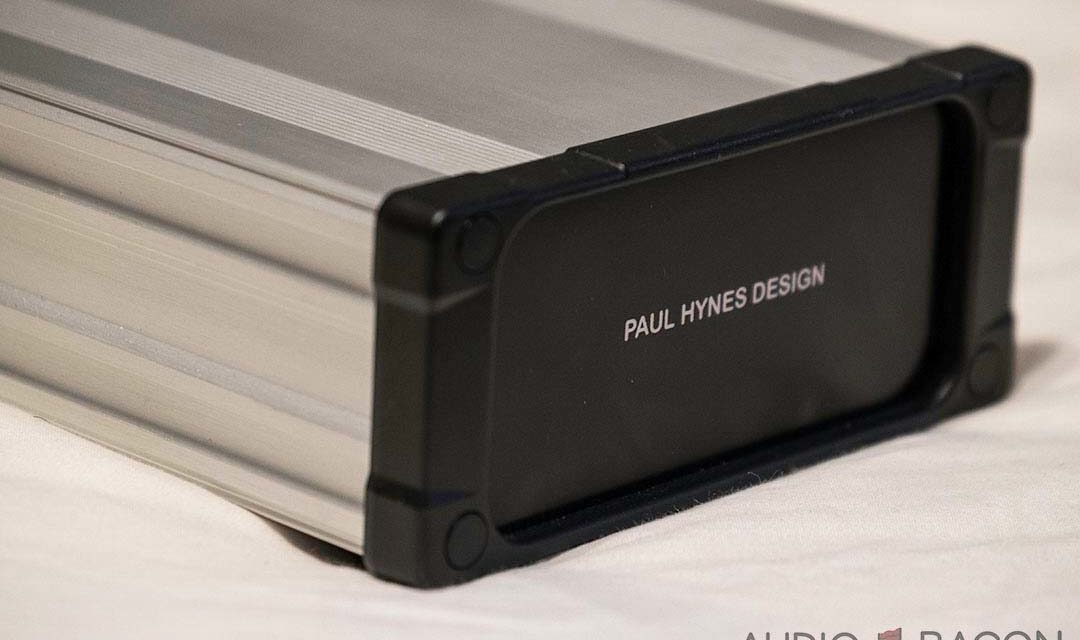
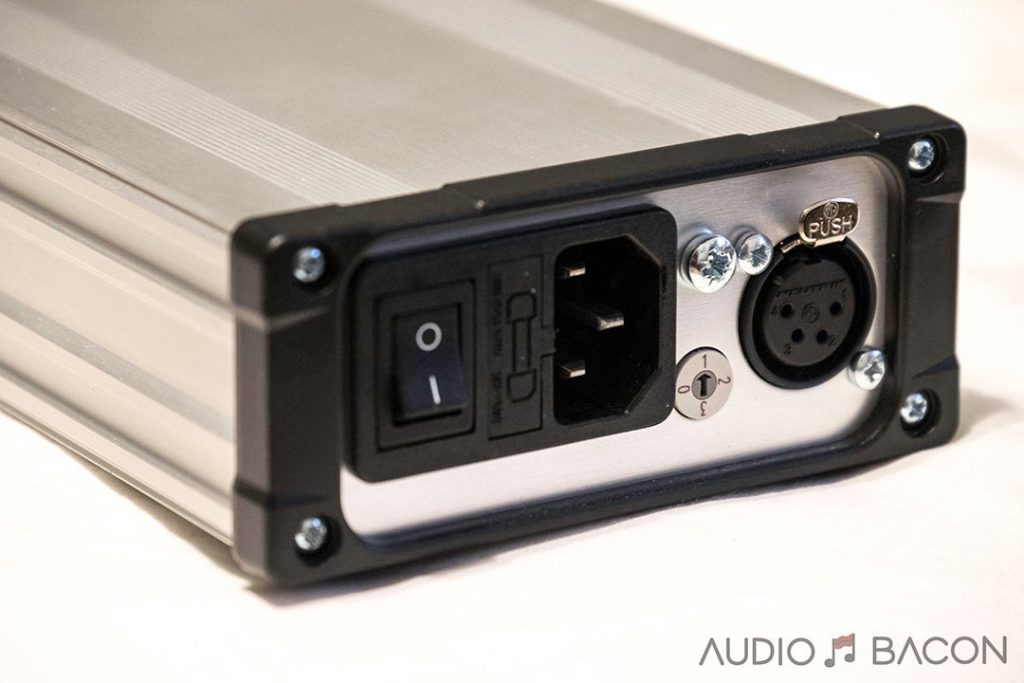

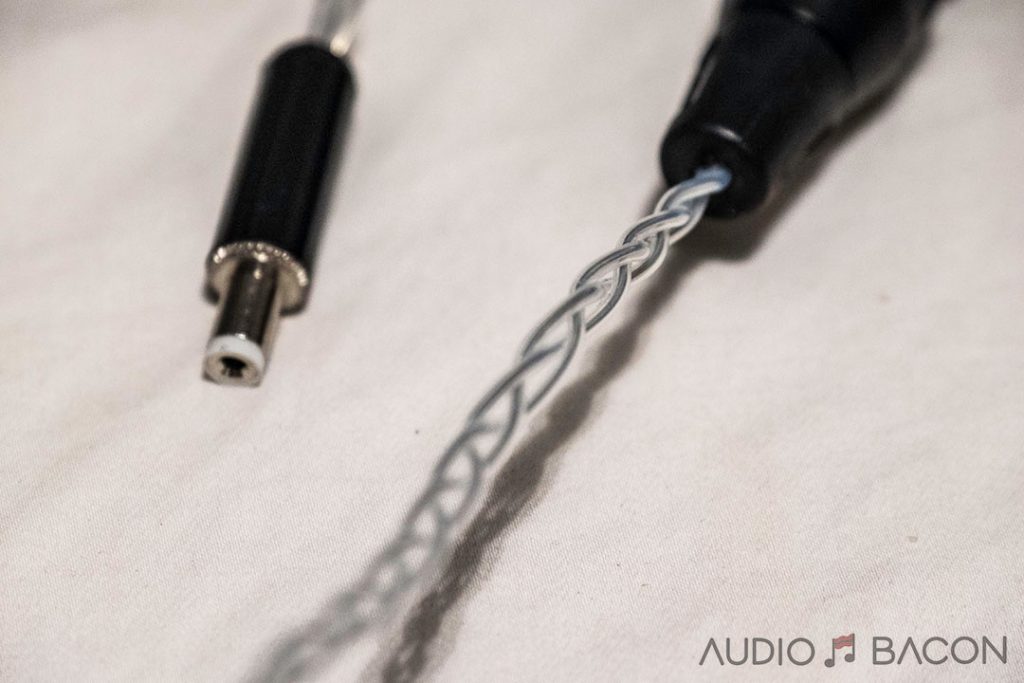
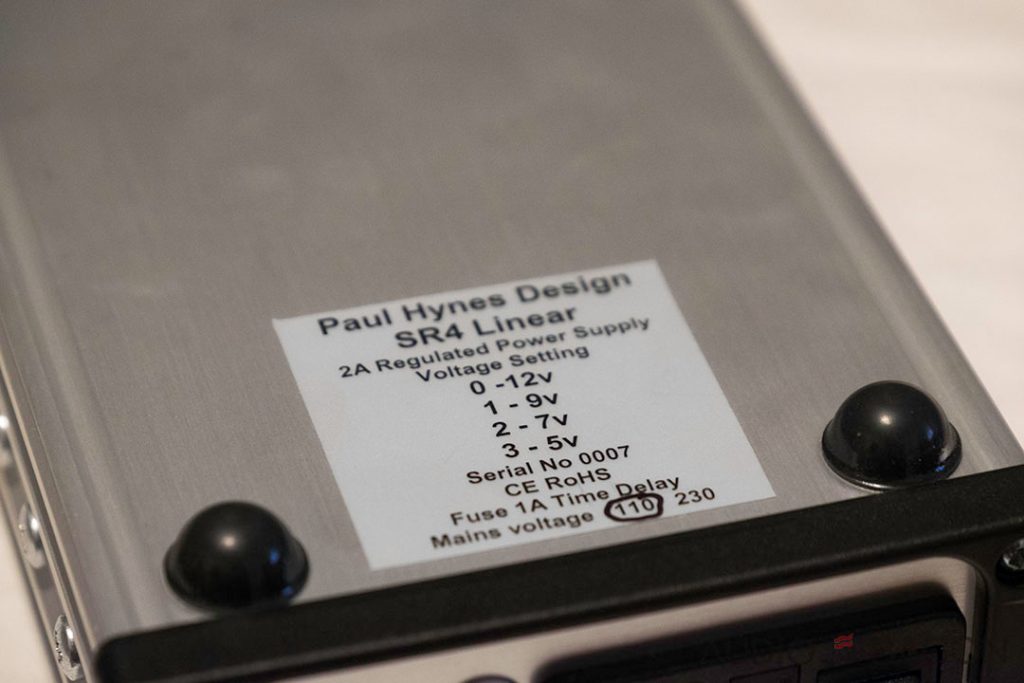
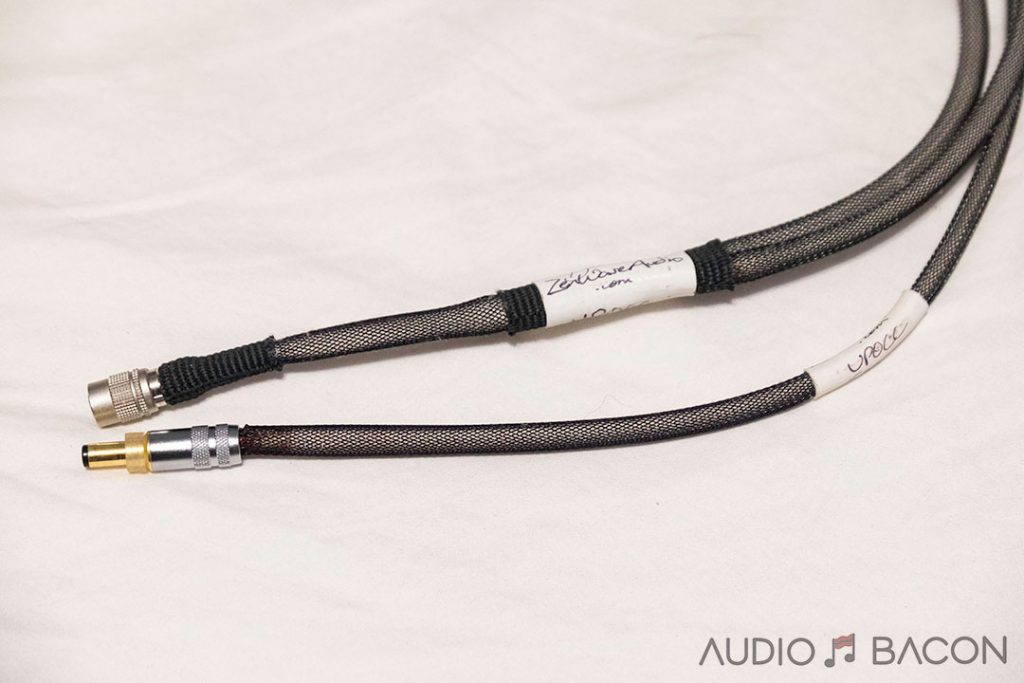
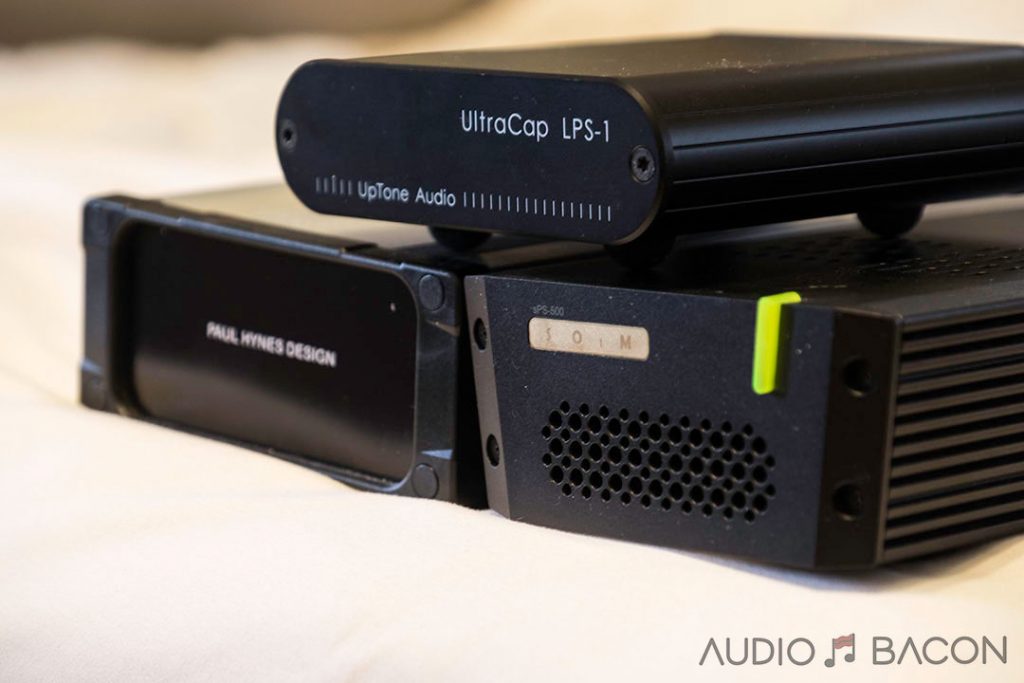



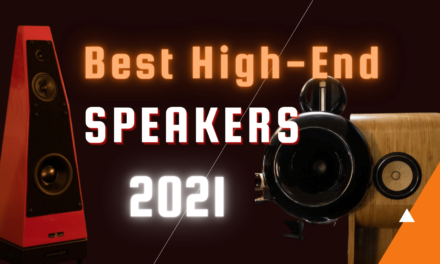
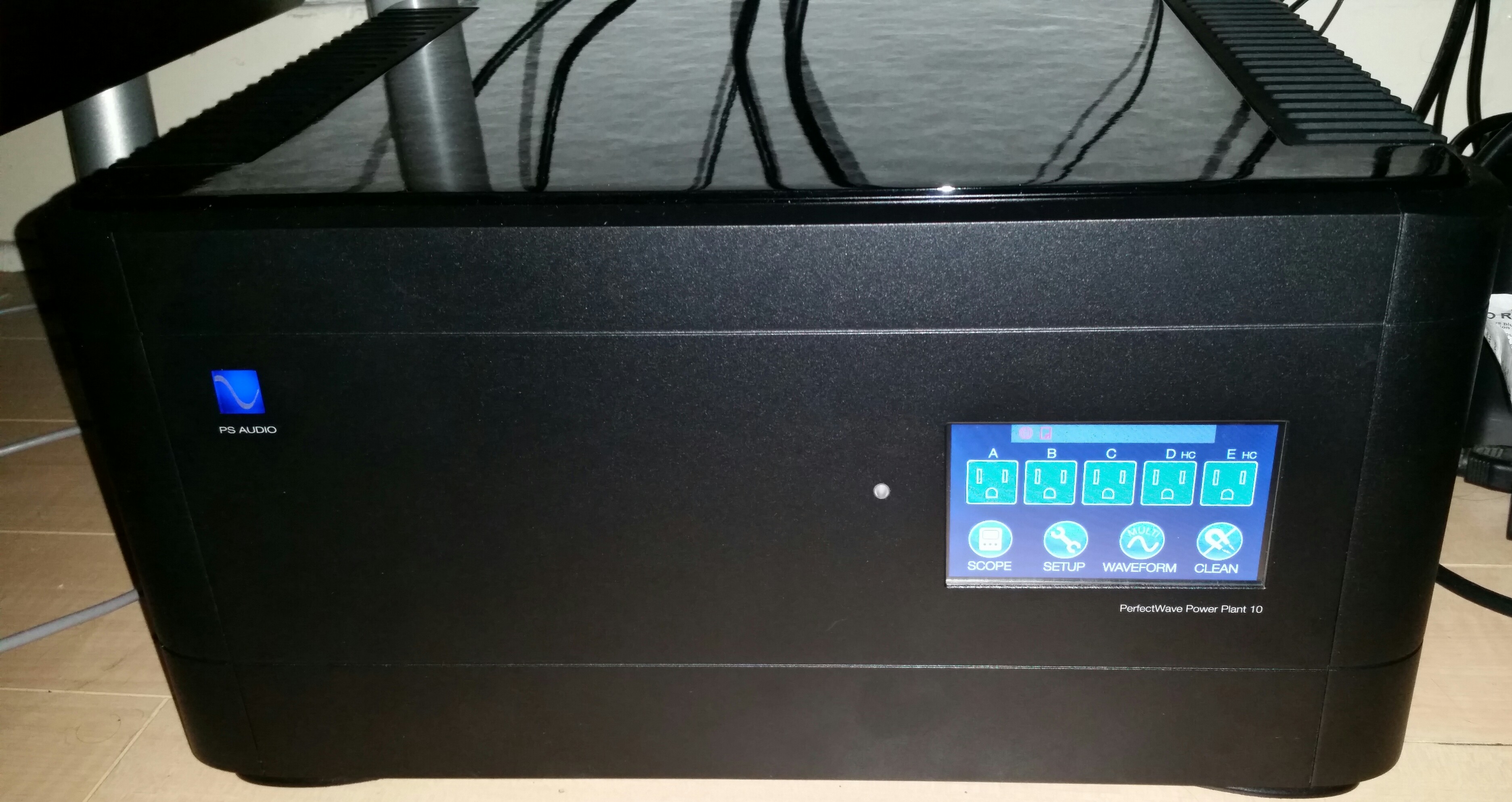
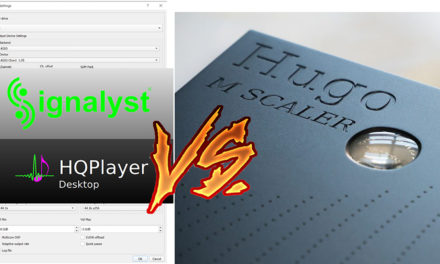

In my experience, my SR7 is indeed the finest PSU I have thus far experienced. I have auditioned, owned and still own other supplies from Teddy Pardo, Paul Pang, Kenneth Lau, SBooster, HDPlex, Teradak, Uptone Audio (JS2, LPS-1, LPS-1.2), and SOtM (sPS-500) and they are all fairly decent with the LPS-1.2 being a standout among this group for components that don’t draw more than 1A, however, in my opinion, the mighty SR7 is without peer. Good call on this one, Jay!
It is a very good review.
Nevertheless it suffers greatly from the absence of the biggest competitor, the Uptone Audio LPS1.2.
There are reports that the SR4 and the LPS1.2 are nearly on par.
I would suggest to compare both in a post sriptum to make this review complete.
Thanks
Matt, I own both PSUs, and use the LPS-1.2 to power the ISO Regen and the SR4 to power to tx-USBultra. For powering the ISO Regen, SR4 and LPS-1.2 are more or less on par (the SR4 sounding a bit brighter). For powering the tx-USBultra, SR4 sounds slightly better than LPS-1.2, imo. Both are great PSUs, worth their price. While I could live with the stock PSU of ISO Regen, the stock PSU of the tx-USBultra sounds terrible and is worth being replaced.
@Jay: Great review, thanks!!
Matt: The absence of both Uptone Audio LPS 1.2 *and* Vinnie Rossi MINI ultracapacitor power supplies.
From my understanding, the VR MINI has been discontinued since a year ago. I’ll get an LPS-1.2 in.
Hi Jay:
Alex from UpTone here. I think the world of Paul Hynes, I am happy to see that he is at last getting more production going of the terrific SR4, and I would not want to detract from your nice review of it.
That said, your readers are correct that the most contemporary comparison would be with our newer generation UltraCap LPS-1.2–now based on paralleled ultra-ultra-low-noise and ultra low output impedance LT3045 regulators, and now offering 5,7,9,12 volt user-selectable output setting.
I just saw your e-mail and we will get a unit down to you this coming week. We’ll likely swap it for one of the four(!) original LPS-1 units that you previously purchased from us.
Thanks and regards,
Alex Crespi
Hi Jay,
the right headline would have been
PAUL HYNES SR7 – THE WORLD’s BEST AUDIOPHILE POWER SUPPLY
Matt
according to this measure,
https://audiosciencereview.com/forum/index.php?threads/uptone-lps-1-linear-power-supply-review-and-measurements.1849/
the Uptone lps1 does not eliminate AC mains leakage. Since there is not measures in uptone page, I guess lps1.2 suffers from the same issue.
Actually, both the UltraCap LPS-1 and LPS-1.2 completely block the path of normal low-impedance AC mains leakage. Always have.
But we later discovered (and yes Amir measured) that because the original Mean Well SMPS we were supplying with the LPS-1 did not connect AC ground to DC -ve output (“ground”), some high-impedance leakage could get through (because of a few dozen pF total capacitance of the transistors we use to alternate ultracapacitor banks instead of noisy mechanical relays).
We discussed all this and published measurements about it here:
https://www.computeraudiophile.com/forums/topic/37034-smps-and-grounding/?do=findComment&comment=734822
The solution is extremely simple: Just ground-shunt the “energizing”/charging supply to prevent high-impedance leakage from ever entering our DC>DC UltraCap unit. Many have done this as an easy DIY. And the LT3045-based LPS-1.2 comes with a new UpTone-branded 36W SMPS which is designed with an internal ground-shunt. So no AC leakage of any kind comes from the output. We also offer this new charger separately for $15 for those original LPS-1 owners who would like to address this minor issue but don’t want to run an external ground wire:
https://uptoneaudio.com/products/uptone-branded-7-5v-4-8a-36w-smps-with-internal-ground-shunt
My sincere apologies to Paul Hynes for this off-topic post. But I feel it is important to correct mis-information.
Thanks,
Alex at UpTone Audio LLC
Says who? You really believe you can make that claim by comparing Hynes PS with two other mediocre supplies? You seem to be just another dishonest and clueless audio reviewer. Get real.
Yeah – I do. Stop being a hater. It’s not good for your health.
Hello
How sound the DC cable ZenWave 6N copper vs the Paul HYNES fine silver ?
I prefer copper. If you prioritize transparency and detail – go silver. Paul Hyne’s silver is probably the smoothest I’ve ever heard. If you listen to mostly vocals or music that benefits from a more warm, golden sound – go Zenwave 7N copper.
The SOtM is far more revealing. But the TLS is warmer and is more tonally satisfying. I typically would opt for the warmer sound but the SOtM is able to unravel so much of the music, especially in regards to transient reproduction – it’s hard to pass up. For lack of a better word, the SOtM (with clock, evo caps, and 7N upgrade) just sounds more real.
thanks 🙂
Thanks Jay for all the great reviews….your input has enhanced my system greatly….I have been playing with TLS switch with Paul Hynes SR-4 LPS, trying to find a power cord that worked well in my rig. I took your suggestion with the Vovox Textura pc for my REL subwoofers however in my rig, with the SR-4 / TLS combo just didn’t work well (I am running it off my PowerCell 12 SE ). I tried a bunch of different SR power cables, an Audience and even an older VooDoo I had on hand and non played well. I happened to have an older and very cheap AudioQuest NRG-2 on hand….this was from an era where these were not well thought of and wouldn’t you know it! It is awesome in this spot…all the detail and dynamics with wonderful tone and lots of body and weight….incredible! Another audio “what the Hell”! Worth a try if you can pick one up!
I’ll have to hear it!
Unbelievable,another lazy review,lets use a car analogy what would you think of a review of a car with no pictures of the inside thats right DUMB! Sorry to be so rude but it really infuriates me ,what are you actually listening too the case or whats inside! beggars belief,takes a couple of minutes to take a photo and a potenial customer needs to know how its constructed especially with smaller companies am not saying that applies here but unfortunately we will never know, havin worked on a lot of audiofile equipment i have seen some shocking sights inside some power supplies untidy wiring to poor soldering etc please bear this in mind when you next do a review
Do you think the quality of the power chord to the PH LPS makes much difference or are they so resolute they make little/no change?
I’m not sure about the newer SR4s, but this one is impacted by the power cord.
Has there been any follow up to this review? I’m reading good things about the Sbooster 5v which is £330 so slightly cheaper than the SR4S-05, actually you can get them for about £300 if you search.
Hi there, Jannis here (mastering engineer). I have the SR5 (one of the last ones Paul built) with every module you could get (Turbo, DC, best silver cable and black chassis). I even modified it with Kimber select cable. Thinking about selling it (because the converter that I bought it for is not used anymore). Since it is not being build no more I thought I’d share it here.
Hit me up if you’re interested. I am in Berlin, Germany. mail@mahlgradmastering@gmail.com
Cheers Jannis
Hello
We can build PH linear PSU.
Please contact